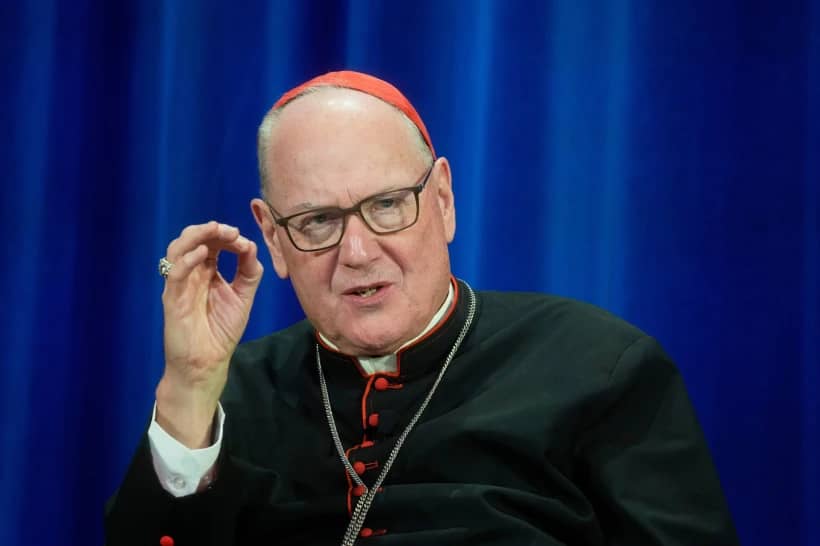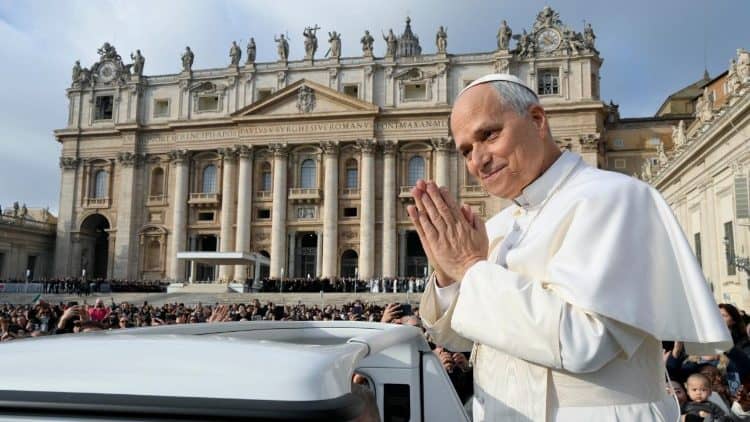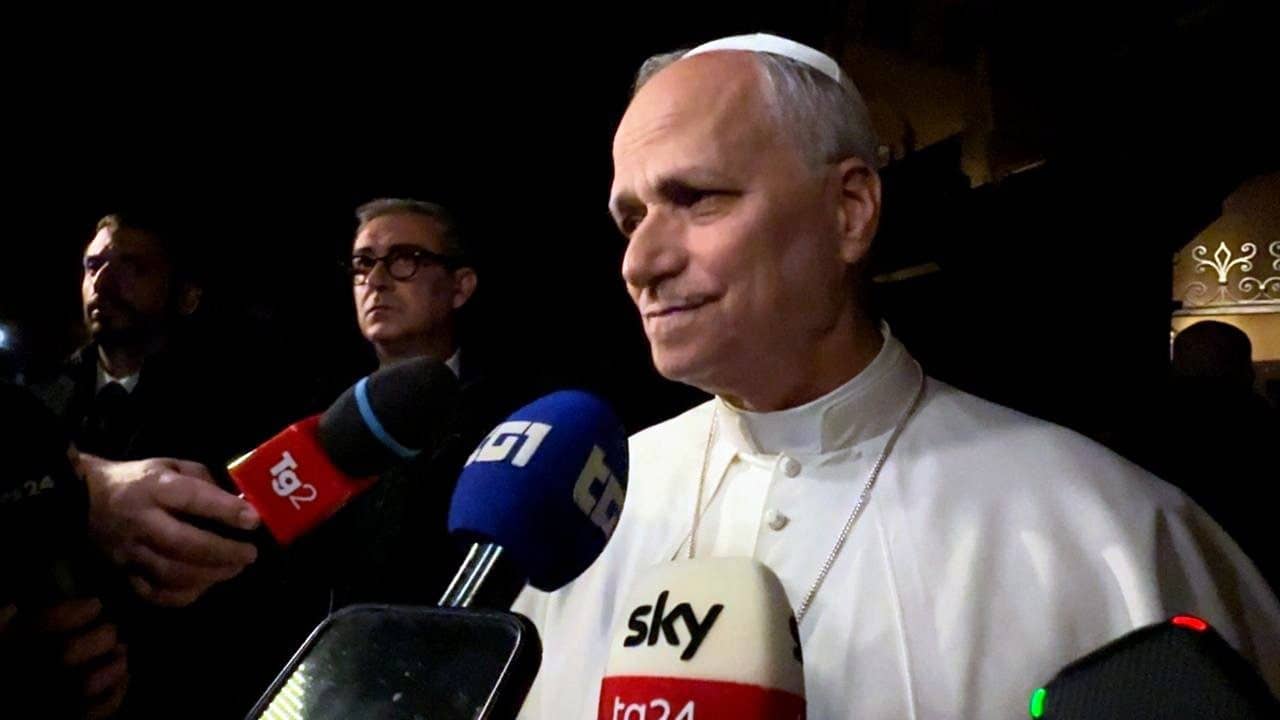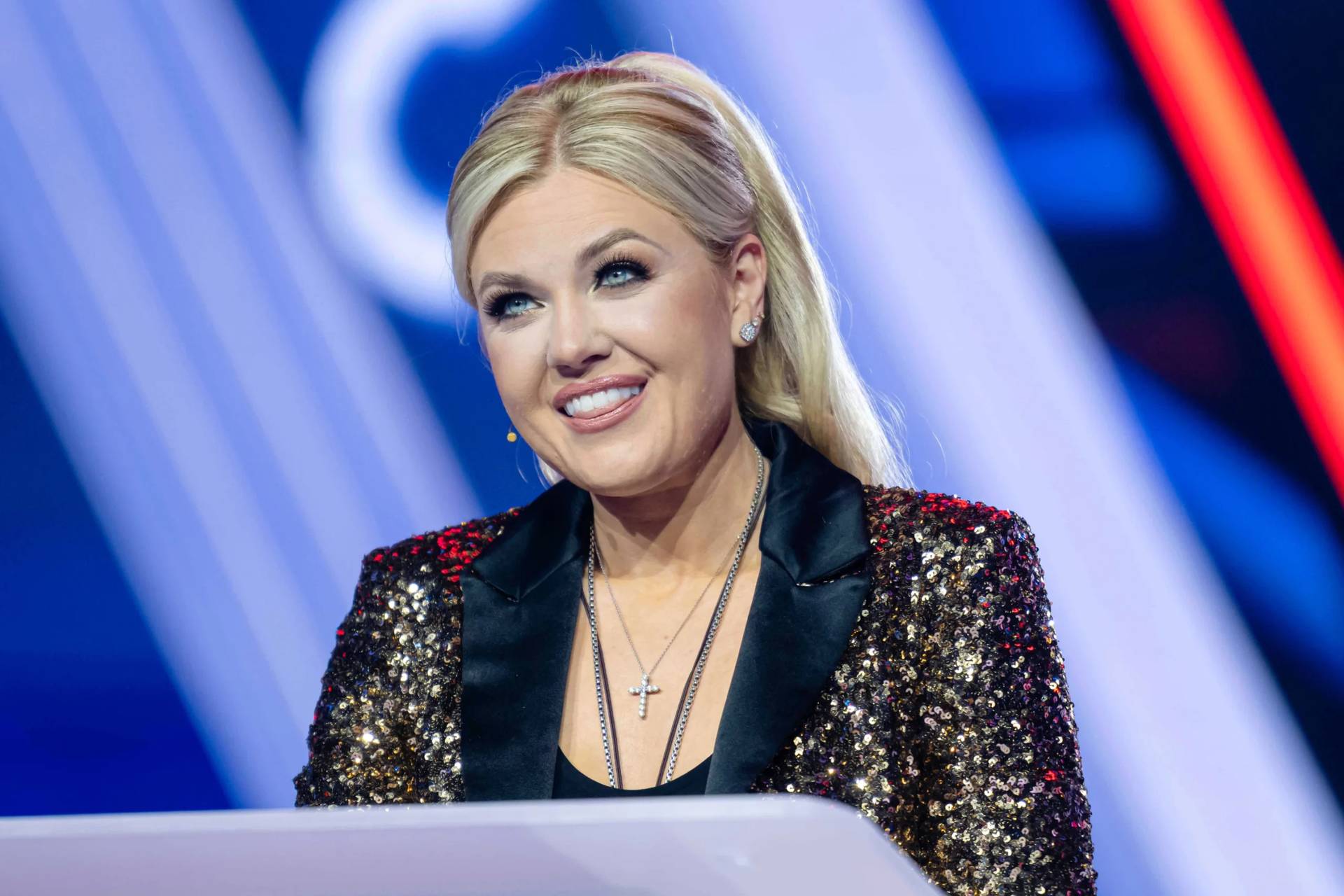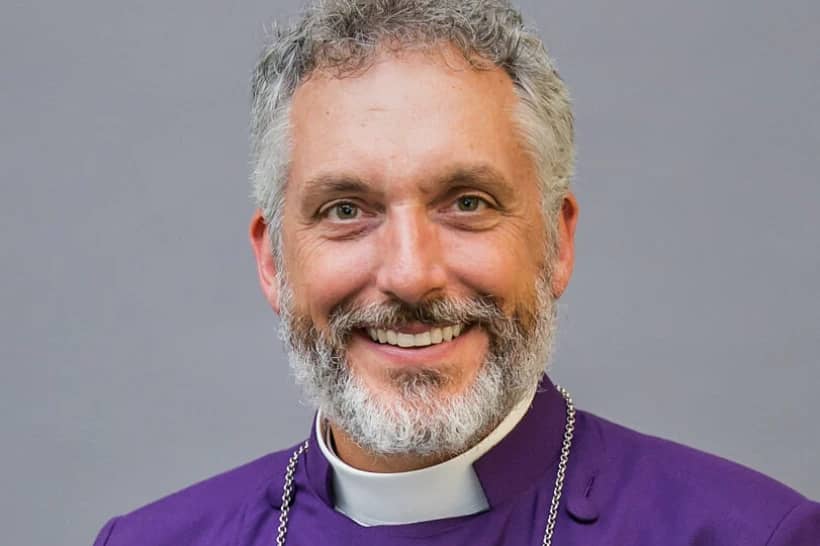English-language media coverage out of Rome often employs phrases such as, “the Vatican today said x,” or “observers say the Vatican is hoping x,” or “the Vatican appears afraid of x,” and so on, to set up or unpack whatever the day’s news may be.
Here’s the thing: As stated, such verbiage is generally nonsense, because there simply is no such animal as “the Vatican” in the sense in which the term is being used.
A fracas surrounding a brief talk on Friday by U.S. Senator Bernie Sanders at a Vatican event, coming as it does in the middle of a hard-fought Democratic primary campaign, is merely the latest illustration of the point.
From the outside, there’s often a mythic assumption that because the Vatican is supposed to be rigidly hierarchical and the ultimate in top-down governance, everything that happens must reflect some master plan. Locally, that’s augmented by the innate Italian tendency to see Machiavellian plots everywhere, and no place serves as a greater magnet for such speculation than the Vatican.
Here’s the reality: The Vatican is not an organism that thinks only one thought at a time, it’s a bureaucracy. It’s staffed by human beings, each of whom has his or her own wants, fears, intentions, visions, hopes and dreams. There’s far less internal coordination than the mythology would suggest, meaning that often, diversity – at times, even border-line chaos – is the order of the day.
For every official inside the system who embodies whatever one thinks “the Vatican” said or did today, there are probably routinely a half-dozen who aren’t on the same page.
There are at least three reasons why: Structural, cultural and political.
Structurally, Vatican systems are set up in some ways to minimize interaction among different departments. There’s a strong emphasis on respecting the juridical “competence” of each, so that cardinals and their lower-level aides are often hesitant to intervene outside their area of authority.
Documents and policy decisions can be in the works in one department for months, in some cases years, before anyone else knows about them.
Although the atmosphere has loosened up somewhat, I recall distinctly when I first began covering the Vatican twenty years ago, if I were to go out to dinner with two officials from different offices and ask each what was bubbling in his shop, they’d get nervous – not so much about discussing it in front of me, but someone from a different outfit inside the system.
The bottom line is that there simply is no Vatican “war room” where officials hammer out a master plan on much of anything.
Culturally, the Vatican is an international milieu, home to people from a staggering variety of geographical points on the compass. What seems natural or obvious to one official in one office, therefore, will often seem puzzling, even objectionable, to others.
It’s almost always a mistake to assume, for instance, that if an American official in the Vatican says “x,” that view would be shared in precisely the same way by, say, the Italians, or the French. Similarly, if a Latin American head of a department makes a statement on some news story, one can’t presume that his German or Polish colleagues would see it the same way.
Politically, popes often like to appoint officials to Vatican jobs who don’t exactly see eye-to-eye, on the theory that what results can be a sort of “creative tension.”
During the John Paul II years, it was well known that Chilean Cardinal Jorge Medina, the Vatican’s top official for liturgy, and Archbishop Piero Marini, who organized the pope’s own liturgical celebrations, were on completely different planets – Medina a staunch conservative, Marini an ardent reformer.
Insiders knew not to take much of what either man might say on liturgical matters as a corporate Vatican line, but rather as part of an ongoing internal debate, until the pope officially pronounced one way or the other.
All of which brings us to the two-day symposium at which Sanders is speaking, hosted by the Pontifical Academy for Social Sciences under Argentine Bishop Marcelo Sanchez Sorondo.
Even in an environment with relatively little internal coordination, Sanchez Sorondo long has been known for marching to the beat of his own drum.
Back in the 2000s, he led the Pontifical Academy of Sciences, for which he’s also responsible, into a more favorable line on GMOs, at a time when key advisors for the Pontifical Council for Justice and Peace and many bishops’ conferences around the developing world were dubious.
In 2009 the Academy of Sciences issued a document calling GMOs “praiseworthy for improving the lives of the poor,” but to this day it’s a stretch to say it represents “the Vatican’s” position.
In addition to following his own lead, Sanchez Sorondo is also known as an entrepreneur, enjoying putting together splashy events with major headliners that draw eyeballs.
In truth, Sanders probably isn’t even the figure he’s most excited about having this weekend. As a Latin American, he likely sees it as more of a coup to have Ecuadorian President Rafael Correa and Bolivian President Evo Morales – both actually heads of state, not just a challenger still considered an underdog even to be nominated by his own party.
Finally, it’s worth noting that when Cardinal Jorge Mario Bergoglio was still in Buenos Aires, his fellow Argentine in Rome, fairly or not, was not always perceived as a strong ally of the future pope. In that light, Sanchez Sorondo may feel extra motivation to embrace Francis’ priorities, above all justice for the poor, and run with them.
Two conclusions follow.
One, if Sanchez Sorondo is trying to make a statement by agreeing to the invitation to Sanders, it’s likely more about the relevance and celebrity appeal of his academy than U.S. politics.
Second, it would be a categorical mistake to assume that hosting Sanders on Friday represents some sort of statement or initiative by “the Vatican” – because on this front, as on many others, “the Vatican” of popular imagination just doesn’t exist.





